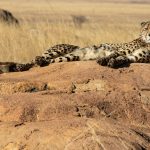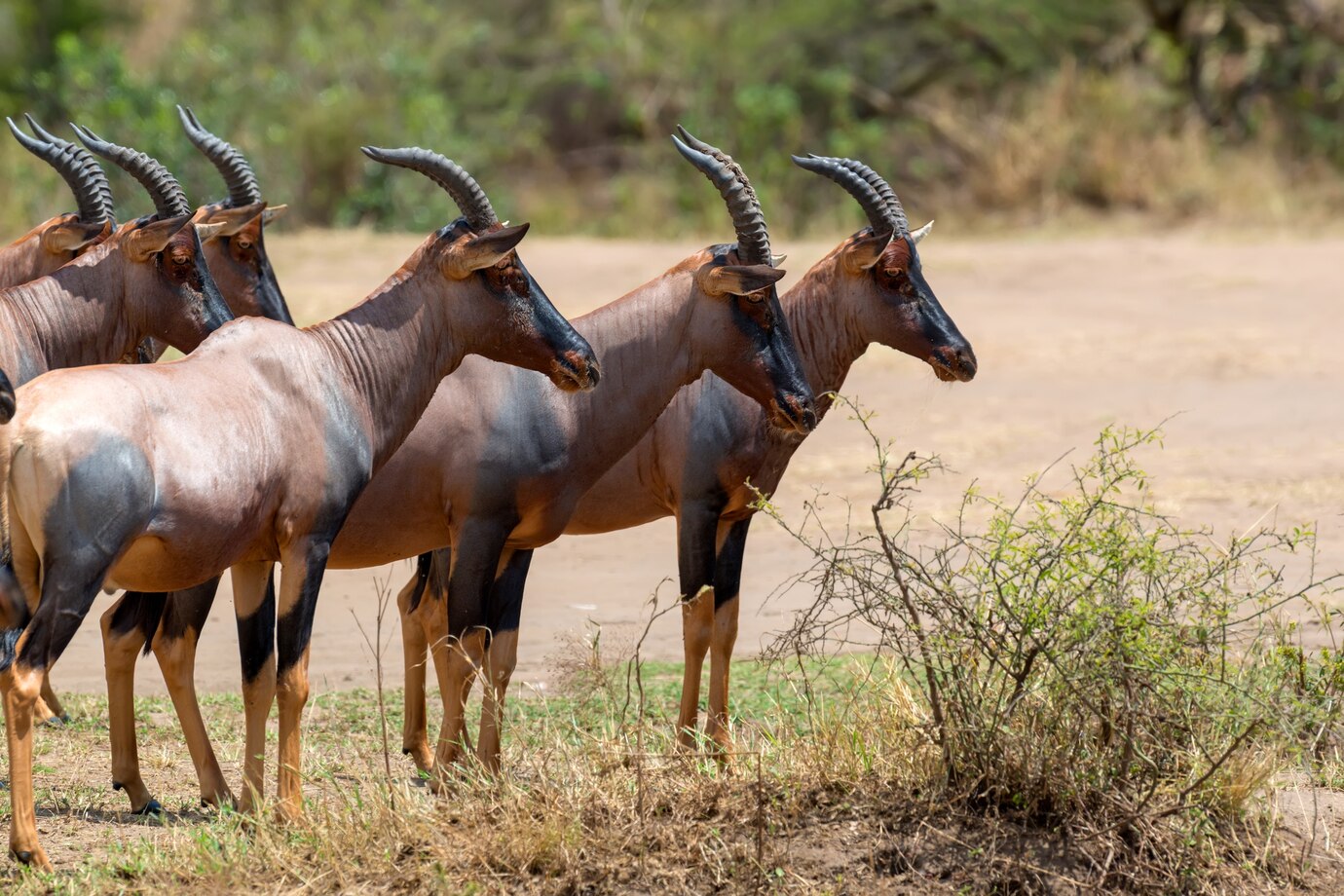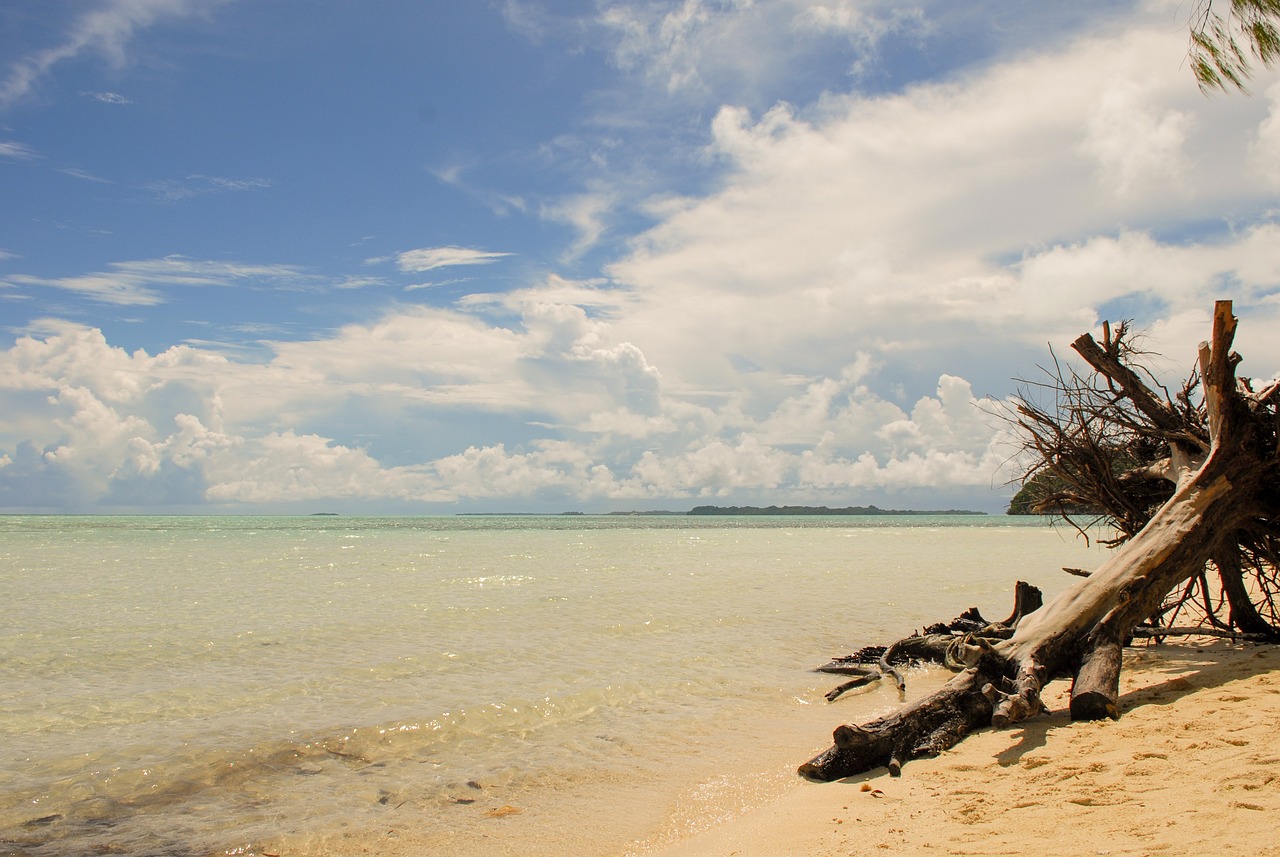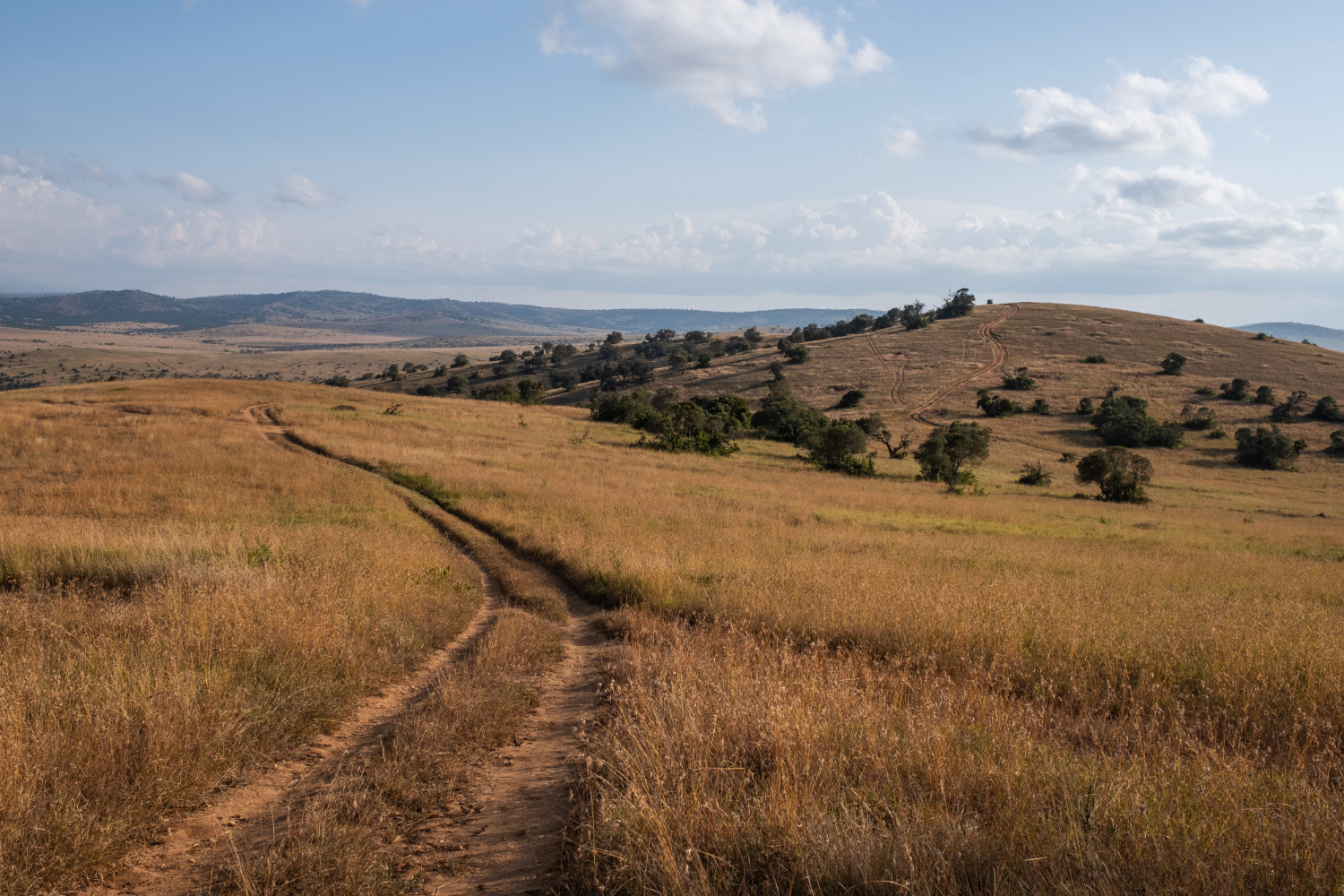The beauty of the Masai Mara is that it is renowned as a year-round destination! The Mara and the Talek River provide a permanent water supply, securing an abundance of resident wildlife, including herds of elephants, prides of lions, dazzles of zebra and many more. The plains of the Mara sit on an altitude of around 2000m, making it generally milder (and damper) than similar regions, but temperatures average at a comfortable 26°C throughout the year and the African sun never lets you down!
January to March are often the hottest and driest months, offering unique game viewing experiences especially as there are many newborn animals on the plains. Some of the lodges offer special offers and low-season rates so this can be a great time to travel and grab a great deal!
Masai Mara : A Proper Savannah









